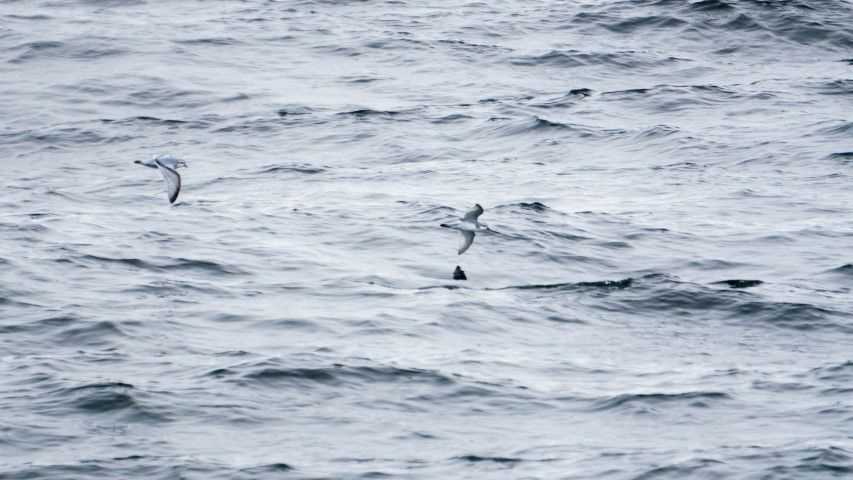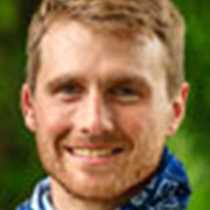How to start describing our arrival to South Georgia? I could start with the sea birds flying along our ship, following the wake of our journey from the Falklands. Giant petrels, wandering albatross, and prions. I could also start with the suspended breaths of the humpback whales we could see on the horizon. The truth is, as a naturalist to come for the first time to South Georgia is not an easy experience to describe.
During the morning our journey was covered by the fog which reduced our visibility. But just as we were getting close to the shore, the cloudy horizon opened up and revealed the sharp rocks and contrasting colors of the sea and the grass on the coasts of South Georgia.
National Geographic Orion set anchor at Elsehul, our first glimpse into the wonders of this place.
We lowered our Zodiacs and went out to explore the bay, knowing how fortunate we were to have a sunny, calm afternoon. On the cliffs of Elsehul we could see black-browed-, light-mantled-, and grey-headed-albatrosses nesting. Taking flight from the tussock edges and cutting the air with their majestic wings. On the shorelines there were fur seals, at the start of the breeding season, newborn pups and bulls guarding their territories. Gentoo penguins swimming between the Zodiacs, while king penguins were fledging on the beach, changing their coat for a new season.
In the rock walls, a rookery of macaroni penguins hopping up and down the steep slopes, into their nesting grounds.
How remarkable it is to think a place like this was once nearly depleted of the wildlife it sustained – our past actions almost having destroyed the seal and penguin populations – and witness today the contrast of life now reemerging. We are witness to what happens when you protect a place and its species, how it changes when you leave nature take its course. Our first day in South Georgia, my first visit to this area, a day that unveiled itself to show us life, death, and everything in between on arrival.









